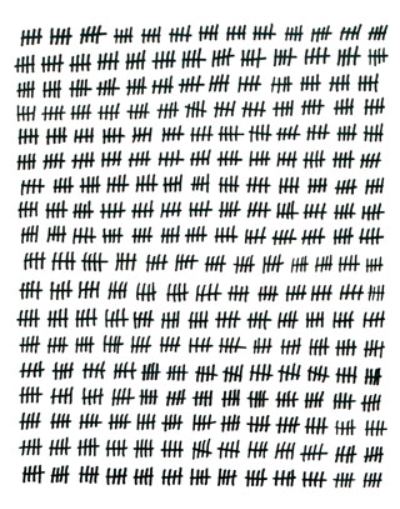Jessica Powers‘ boyfriend works in a gallery. To make certain the magnitude of his personal good fortune doesn’t slip his mind, his co-workers have taken it upon themselves to preemptively remind him: “Don’t screw this up.”
She does everything well, including just being in a room. When she’s in a room with you, everything else in the room (including you) has a rare and purposeful shine. Like many in her generation (a hefty portion of the 1980s took place without her), Powers multitasks as curator, organizer and critic. To each endeavor she brings the depth of her concentration.
Here’s a passage from her review of Sol Hashemi‘s Object History Awareness at Gallery 4Culture:
There’s a current thread in philosophy that uses the sciences (math, physics, chemistry) as tools and metaphors for explaining entirely unscientific things about the world. The opposite of existential, objects don’t need to know how they interact with other objects or events or conditions, they’re simply always doing something.
Always playing, always passing time, always in contact or out of it. This is how Sol’s art feels – it is proof that a piece of art bent or folded or creased or left to lie has just as much relation to the space it is in and the people who see it and the currents of air that pass over it and to everything within and without. If you know better, or get bumped just right, you’ll literally feel the web – the things you can do that he’s done, the things that he’s done so you don’t have to, the things that his creations (are they even his?) are doing, and the entirely unrelated clashes of conditions and events and objects on the street, in the gallery, stacked in the studio. (more)
My Hashemi review here. She’s inside the experience, while I, an incorrigibly non-participating observer, am not. She and a few friends run the exhibition space known as TARL in her basement. Rob Smith’s installation concludes there on Saturday.
Other news:
How to “wrestle with distinctive, battered American ideals” – Christopher Knight reviews American Stories: Paintings of Everyday Life, 1765-1915 at the Los Angeles County Museum of Art, here, excellent as usual.
More Knight: Toyota of Hollywood faces a crises of context, here. Directly across the street from the company that makes cars with sticky accelerators and faulty brakes is the Museum of Death.
 Judith H. Dobrzynski reports on thuggery against artists in
Judith H. Dobrzynski reports on thuggery against artists in
China, here.
Golden egg in hand, developers want to kill the goose as police arrest (who else?) the artists. (Support Human Rights in
China. It’s a stellar organization that works every day to move a
mountain.)
Amazing story about how lightly old journalism takes its responsibilities when on a digital platform from music critic Larry Blumenfeld on
NAJP’s ARTicles
blog:
Last week, someone pointed out to me that
they’d found a piece of mine for the New Orleans Times Picayune on the
paper’s site, but underneath the byline of some woman I’ve never met.
Huh? My inquiry was met with this:
“We “upgraded” our blogging platform in
the fall, and when we did, the bylines switched to the name of the
person who posted the story – usually XXXXX, the features online
coordinator. Impossible to correct them all. I’ll see if she can get to
this one.”
I’ve deleted her name, nor need I
mention the editor, a genial guy who didn’t take the buyout. And my
polite demand for corrections to my work (more than just the one piece)
was heeded. (What about all those other bylines that didn’t get fixed?)
I’m sure there was nothing intentional going on, but there was also no
apparent alarm at such a serious glitch. Does anything beyond “getting
the content up” matter online? This one I didn’t see coming.
Related:
Nick Simmons, son of Gene, finds the cost of alleged plagiarism is
high, thanks to the sounding board of the Web, here.
Greg.org on Gerhard Richter wallpaper, here. By a wide margin, my favorite wallpaper is Kelly Mark‘s: – (Auden – In the prison of his days/Teach the free man how to praise) Finally, Kenneth Baker interviews Robert Irwin, the question addict, here.
Finally, Kenneth Baker interviews Robert Irwin, the question addict, here.
I realized that if I stayed in the studio I’d probably just do things similar to what I’d learned to do. And I loved being in the studio, it’s a great refuge for an artist, but I decided to divest myself of all those investments I’d made. … For a couple of years, I just wandered around in the Southwestern desert because there you really can get away from objects. … One of the things I was doing was questioning the whole system of signs to which art objects belong. I’ve since been trying to make the case that the reason art gets done is to step outside the system of signs, to work phenomenologically. … Mine is really a philosophical inquiry. I’ve become a question addict.



Leave a Reply